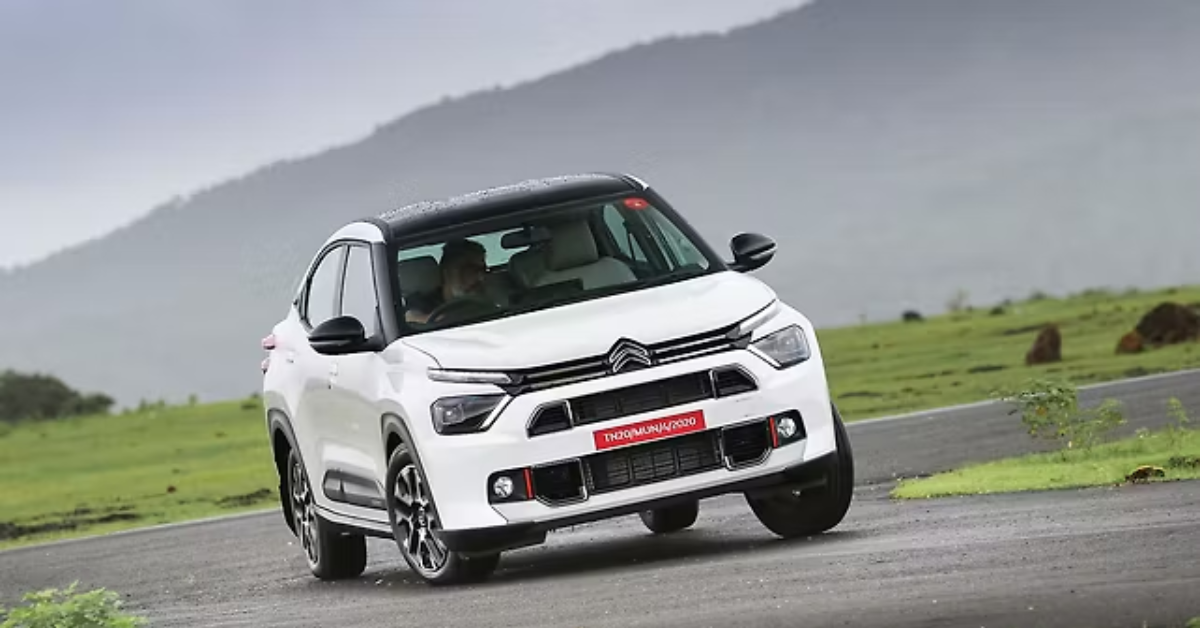In recent years, Citroen has been steadily trying to make its mark in the Indian automotive industry. Known globally for its unique designs and comfort-focused vehicles, the French automaker entered India with ambitious plans. However, the journey so far has been challenging, with stiff competition from established players like Maruti Suzuki, Hyundai, Tata Motors, and Mahindra. Now, Citroen India is shifting gears with a bold new strategic plan aimed at not just surviving, but thriving in this highly competitive market.
The new strategy focuses on localisation, expanding the product portfolio, enhancing after-sales services, introducing affordable models, and entering the electric vehicle segment. Here’s a deep dive into what this could mean for Citroen and Indian car buyers.
1. Localisation – The Key to Affordability
One of the biggest barriers for Citroen in India has been pricing. Imported components and low localisation have led to higher costs, making Citroen cars less competitive in the entry-level and mid-segment markets.
Under the new plan, Citroen is aiming to significantly increase localisation – sourcing parts and materials from within India. This move will not only reduce production costs but also make pricing more attractive for Indian customers.
Localisation will also ensure faster serviceability, as spare parts will be more easily available across the country, reducing downtime for repairs and maintenance.
2. Expanding the Product Portfolio
Currently, Citroen’s Indian portfolio includes models like the C3 hatchback, C3 Aircross SUV, and the all-electric eC3. While these vehicles offer distinctive styling and comfort, the range is still limited compared to competitors.
The new strategic plan will see Citroen introducing new body styles, updated variants, and possibly sub-4-metre compact SUVs that cater to the Indian family and budget-conscious buyers.
Additionally, the company is expected to focus on special edition models with added features, giving buyers more choices and helping the brand stay fresh in the minds of consumers.
3. A Strong Push Towards Electric Vehicles
India’s EV market is growing rapidly, and Citroen is looking to capitalise on this trend. The eC3 EV was Citroen’s first step in this direction, but the brand has bigger plans.
The strategy includes:
- Launching affordable EVs in the ₹10–15 lakh price range.
- Increasing EV charging infrastructure partnerships with public and private players.
- Expanding battery production and localisation to bring down costs further.
By making EVs more accessible, Citroen hopes to capture the attention of young urban buyers who are looking for sustainable and cost-efficient commuting options.
4. Dealer and Service Network Expansion
Another challenge Citroen has faced is its limited dealer and service network. In a market as vast and diverse as India, a strong presence in Tier 1, Tier 2, and Tier 3 cities is crucial.
The new plan includes:
- Expanding dealerships to more than 100 locations in the next two years.
- Introducing mobile service vans to provide doorstep servicing in smaller towns.
- Strengthening customer care support through AI-powered apps and 24/7 helplines.
By improving accessibility, Citroen aims to build trust with customers who often prioritise after-sales service reliability before choosing a brand.
5. Digital Transformation & Online Sales
The pandemic accelerated the trend of online car sales, and Citroen is embracing this shift. Under its new strategy, the brand will invest heavily in digital platforms, allowing customers to:
- Configure and customise their vehicles online.
- Access instant financing and insurance options.
- Schedule home test drives.
This digital-first approach will appeal to tech-savvy millennials and Gen Z buyers, making car buying more convenient and transparent.
6. Focus on Safety and Technology
With Indian consumers becoming more aware of vehicle safety, Citroen plans to integrate advanced safety features across its lineup. Future models are likely to come with:
- 6 airbags as standard in higher variants.
- Advanced Driver Assistance Systems (ADAS).
- Improved crash test ratings in line with Bharat NCAP safety standards.
Alongside safety, Citroen will also enhance its infotainment systems, offering wireless Android Auto, Apple CarPlay, and AI voice assistants to meet modern expectations.
7. Competitive Pricing Strategy
One of the most critical aspects of this new roadmap is pricing. Citroen aims to offer feature-rich cars at competitive prices without compromising on comfort or quality. This could involve:
- Introducing entry-level trims at aggressive price points.
- Offering special festival discounts and exchange bonuses.
- Creating subscription-based ownership models to attract first-time buyers.
8. Targeting Young and First-Time Buyers
Citroen’s youthful, quirky designs naturally appeal to younger audiences. With the new plan, the company will launch targeted marketing campaigns to connect with college graduates, first-jobbers, and young families.
By offering affordable finance options, trendy designs, and practical features, Citroen hopes to build long-term brand loyalty with India’s largest consumer segment.
Conclusion – A Turning Point for Citroen India
The new strategic plan by Citroen India is more than just a corporate announcement—it’s a survival and growth blueprint for a brand that wants to cement its place in the Indian auto industry.
If successfully executed, Citroen’s focus on localisation, affordable EVs, expanded service networks, and competitive pricing could transform its fortunes in India.
In a market where competition is fierce and consumer expectations are constantly evolving, Citroen’s new approach signals a fresh start and a promising future. Car buyers, especially those looking for something unique yet practical, should definitely keep an eye on what Citroen rolls out in the coming months.
